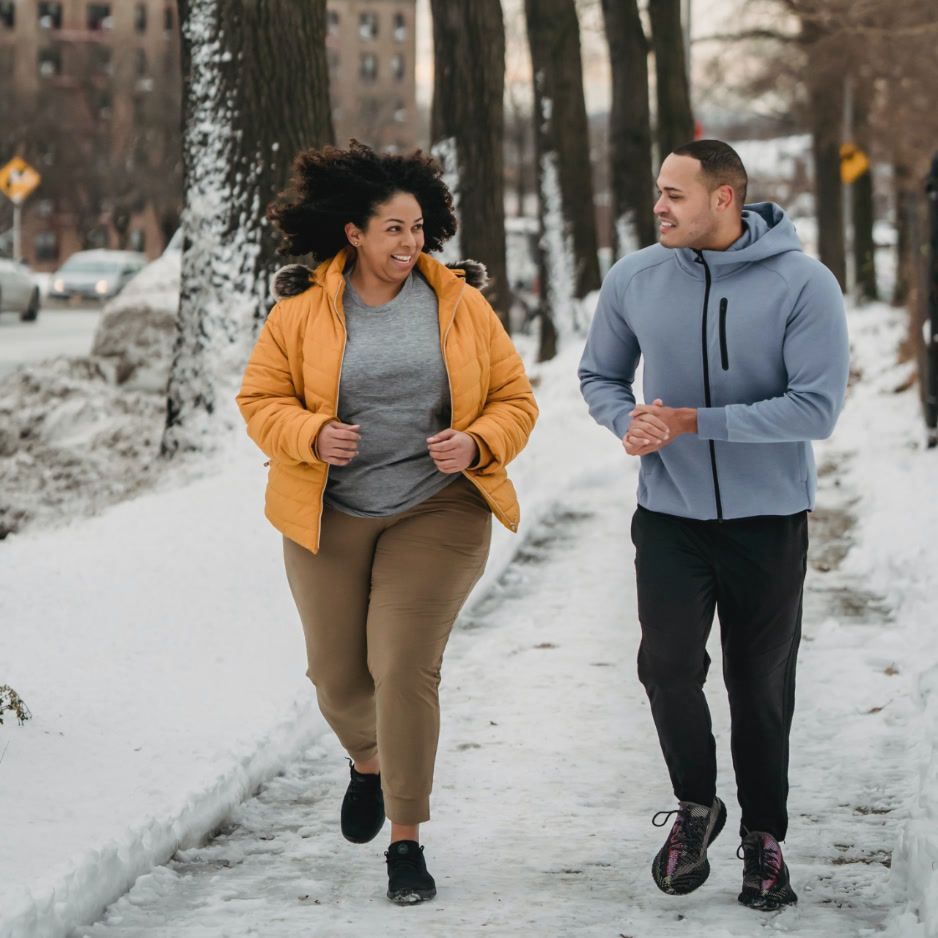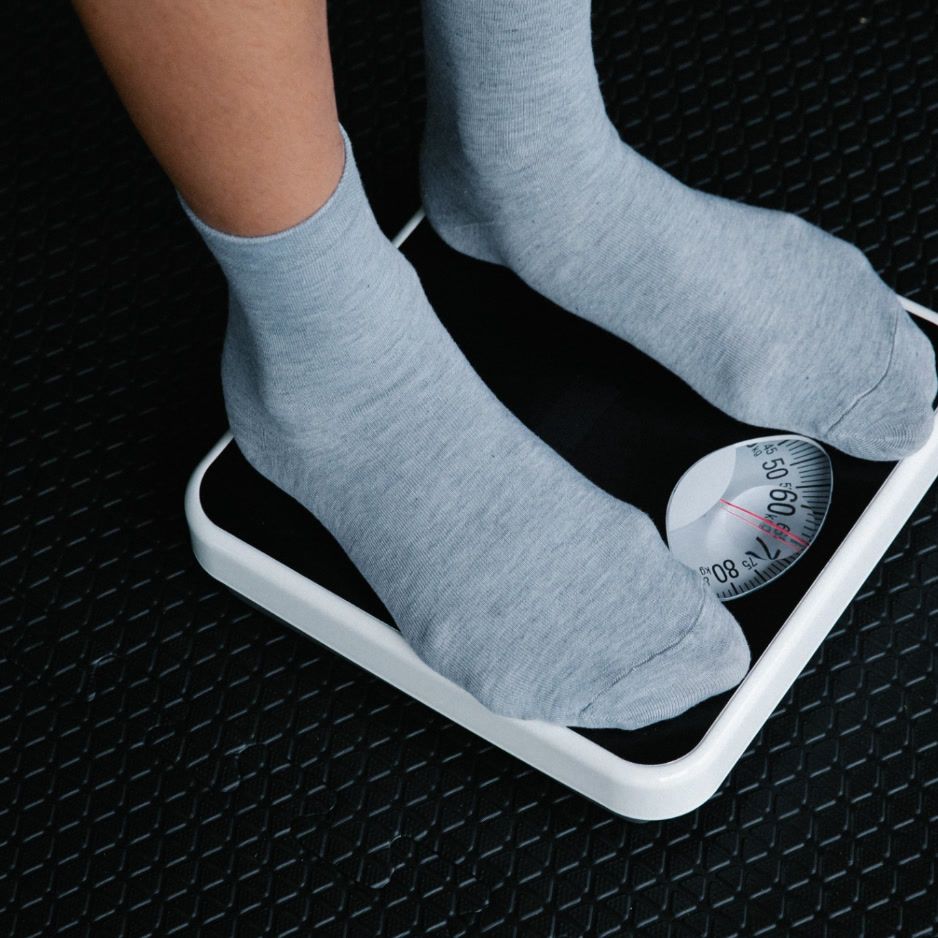McGill Big 3: 10-Min Core Routine and 4-Week Plan
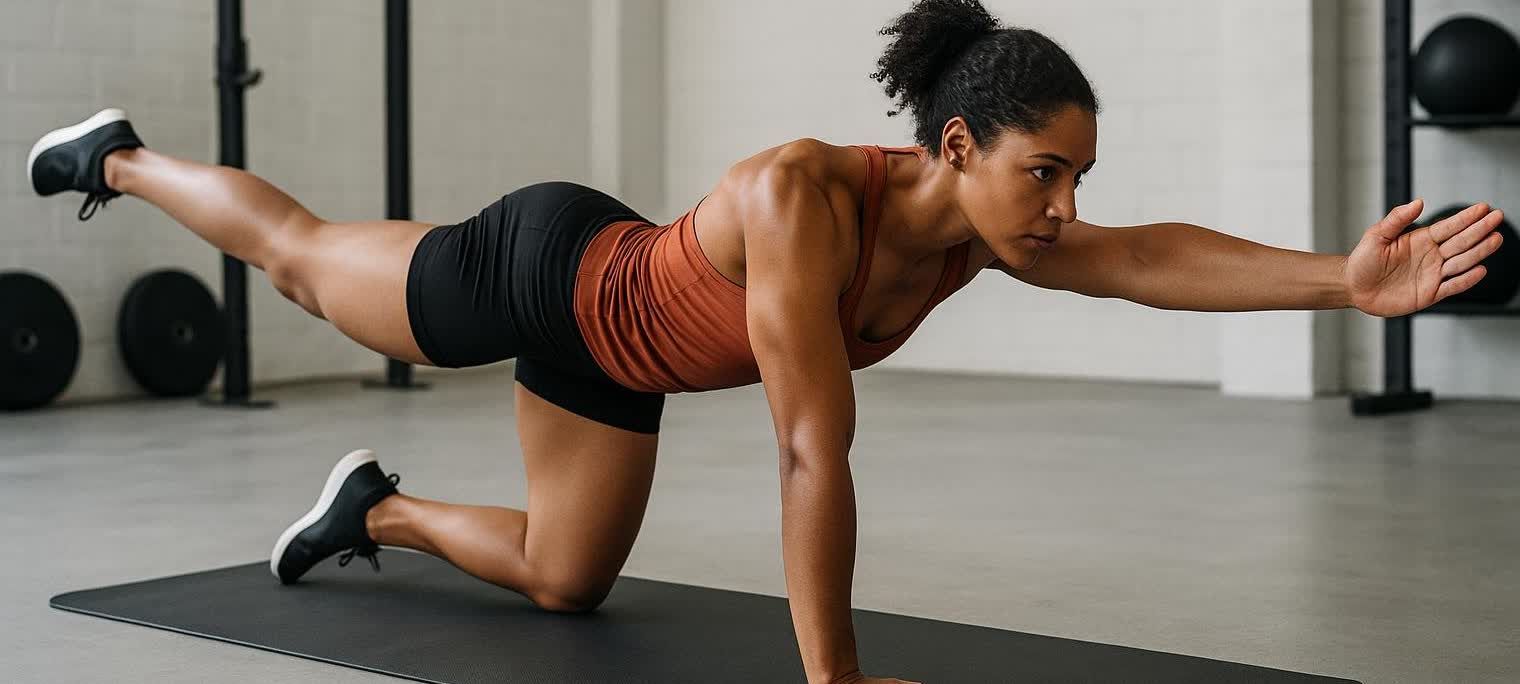
McGill Big 3: 10-Min Core Routine & 4-Week Plan
The McGill Big 3 are the Modified Curl-Up, Side Plank, and Bird Dog. They’re performed as short 8–10-second holds for multiple reps with smooth breathing and a light brace. Use a simple 5–3–1 pyramid (5 reps, 3 reps, 1 rep) for each exercise to build all-day core endurance without cranking your spine. These principles come from Dr. Stuart McGill’s spine-stability approach and are echoed by reputable training resources like ACE Fitness and BackFitPro. If your lower back feels achy after long sits or heavy training, this spine-sparing trio is a quick, reliable fix.
Safety first: Stop any exercise that causes sharp pain, radiating symptoms, numbness/tingling, or leg weakness. If symptoms persist or you have a known condition, consult a licensed clinician.
Why the McGill Big 3 work (in plain English)
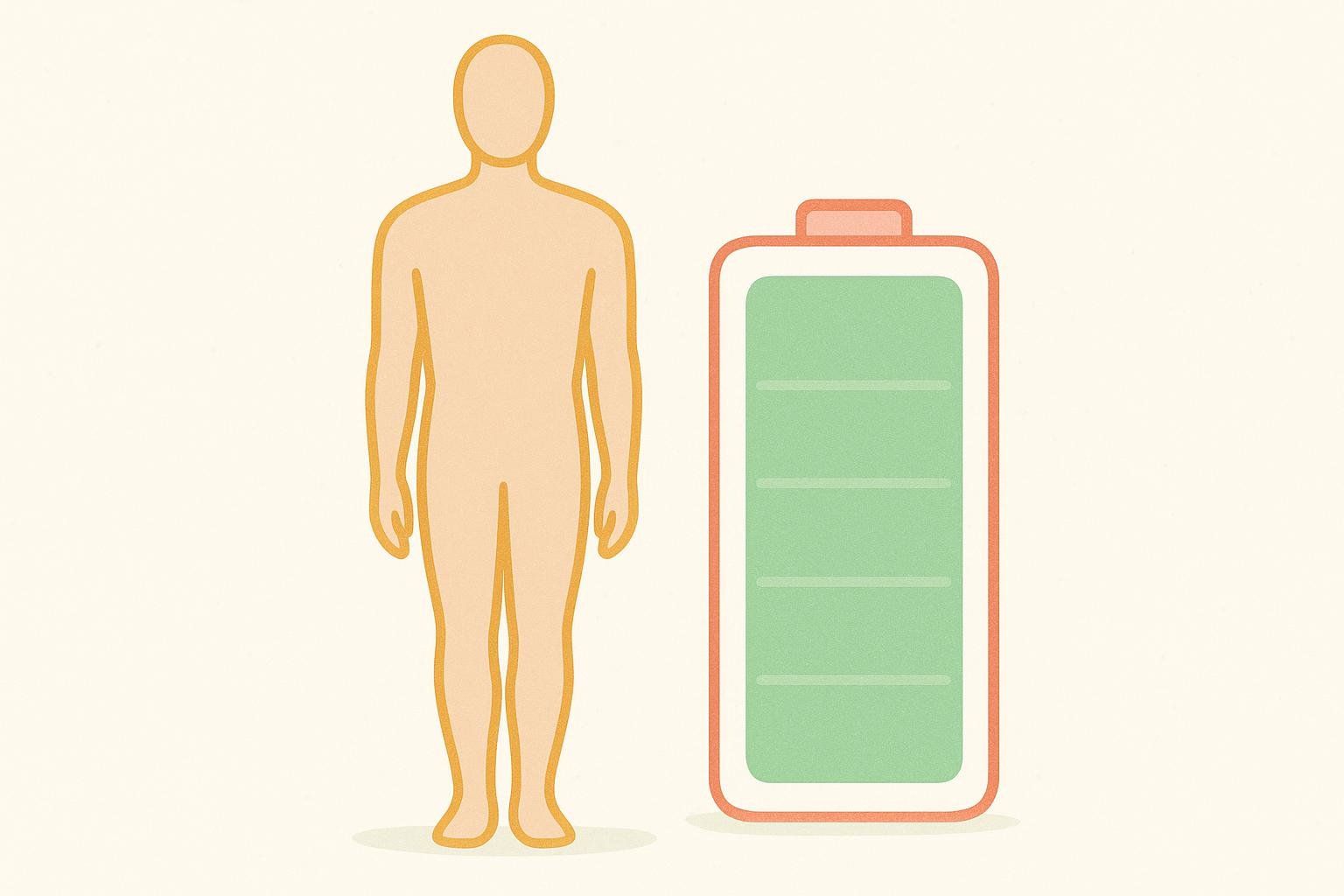
- Endurance over max strength. These moves build the kind of core staying power that helps you maintain good posture and mechanics when you’re tired, which is when backs often complain (ACE Fitness).
- Short holds, more reps. Keep isometrics under ~10 seconds and rack up quality reps to train stamina without form drift (BackFitPro).
- Neutral-spine bracing. Use a gentle 360° “brace” (like preparing for a cough) to create balanced stiffness—no aggressive hollowing, no big back-and-forth bending (ACE Fitness).
- Evidence snapshot. In a 6-week randomized trial of people with chronic, non-specific low back pain, a McGill-style program produced pain and function improvements comparable to conventional therapy, with a positive trend in some measures (Journal of Physical Therapy Science). Side-bridge endurance also serves as a useful benchmark for trunk balance in healthy adults (PubMed).
- Spine-sparing concept. If bending forward (flexion) is your trigger, emphasize bracing and hip motion over repeated loaded spine flexion (BackFitPro).
Quick self-assessment: pick your starting level
Answer the three questions below, then choose your level.
- Can you hold a knee-down side plank for 20 seconds per side with steady breathing?
- Can you do a Bird Dog without your hips twisting or your low back sagging?
- Can you get up from a chair without back pain or a pinch when you hinge forward?
- Yes to 0–1: Start at Level 1 (Regressed).
- Yes to 2: Start at Level 2 (Standard).
- Yes to 3: Start at Level 3 (Progressed).
Universal prescription for the Big 3
- Perform 3 sets of each exercise using a 5–3–1 pyramid of 8–10-second holds per rep.
- Rest 10–15 seconds between reps; transition quickly between exercises.
- For the Side Plank and Bird Dog, complete the entire 5–3–1 pyramid on one side before repeating it on the other.
Time check: This format fits inside ~10 minutes for most people.
The McGill Big 3: Step-by-Step with clear Levels
Use a light abdominal brace for every rep. Each hold lasts 8–10 seconds.
1) Modified Curl-Up
What it trains: Front-of-the-torso stiffness (without cranking the low back).
Setup
- Lie on your back with one knee bent and the other leg straight.
- Slide both hands under your natural low-back arch to help keep a neutral spine.
Choose your level
- Level 1 (Regressed): Lift your head and shoulder blades just a hair off the floor; if your neck is sensitive, use one hand to gently support your head.
- Level 2 (Standard): Lift head, shoulders, and upper back together as a unit until your shoulder blades just hover; keep the low-back curve unchanged.
- Level 3 (Progressed): Maintain the raised position and increase the isometric challenge by gently exhaling and tightening the brace a bit more halfway through the hold (without losing neutral).
Do it
- Gaze slightly up (think “double-chin” vs. straining your neck).
- Hold 8–10 seconds, lower with control. Alternate which leg is bent each set (e.g., left leg for the 5-rep set, right leg for the 3-rep set, left leg for the 1-rep set).
- Perform the 5–3–1 pyramid.
Common mistakes (and fixes)
- Rounding or flattening the low back → keep hands under the arch and brace lightly.
- Pulling on the neck → support with one hand or use a small towel under your head.
- Breath-holding → slow exhale as you lift; sip-breaths during the hold.
2) Side Plank (Side Bridge)
What it trains: Side-body endurance (obliques, quadratus lumborum) to resist side-bend and shear.
Setup
- Lie on your side, forearm under shoulder, elbow at 90°. Stack knees and ankles.
Choose your level
- Level 1 (Regressed): Knee-down side plank—knees bent, lift hips so you’re a straight line from head to knees.
- Level 2 (Standard): Legs straight, feet staggered; lift into a head-to-ankles straight line.
- Level 3 (Progressed): Feet stacked; optionally add a slow top-leg raise while keeping hips square.
Do it
- Brace, lift hips, keep ribs down and neck long.
- Hold 8–10 seconds per rep. Complete the full 5–3–1 on one side, then repeat on the other side.
Common mistakes (and fixes)
- Hips sag → squeeze glutes and push the ground away.
- Shoulder creeps toward ear → “pack” the shoulder by drawing it down/back.
- Breath-holding → steady, quiet breathing.
3) Bird Dog
What it trains: Anti-rotation and anti-extension control as arms/legs move.
Setup
- Hands under shoulders, knees under hips. Spine neutral, ribs down.
Choose your level
- Level 1 (Regressed): Toe-tap Bird Dog—slide the leg back and tap the toes while the opposite hand reaches forward (keep the foot lightly on the floor).
- Level 2 (Standard): Lift opposite arm and leg to parallel with the floor; keep hips level.
- Level 3 (Progressed): From the fully extended position, briefly lift the hand and foot an extra inch higher without any movement in your torso, then return to parallel and hold steady for the remainder of the time.
Do it
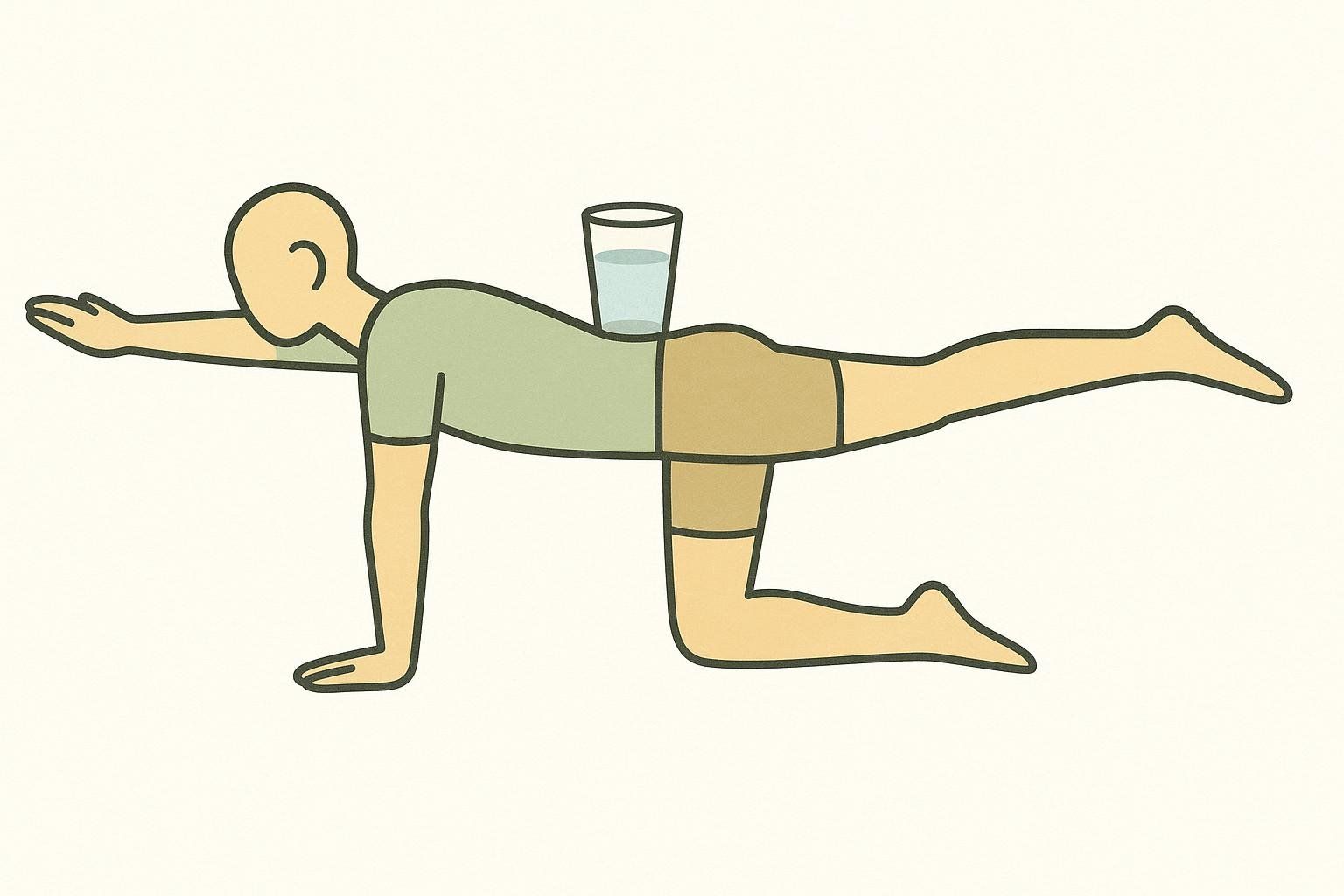
- Brace lightly; imagine a glass of water on your low back.
- Hold 8–10 seconds per rep. Complete the full 5–3–1 on one side, then repeat on the other side.
Common mistakes (and fixes)
- Reaching too high → reach long, not high.
- Arching low back or rotating pelvis → shorten the lever or drop to Level 1.
- Breath-holding → small exhale into the brace.
Your 10-minute plan (4 weeks)
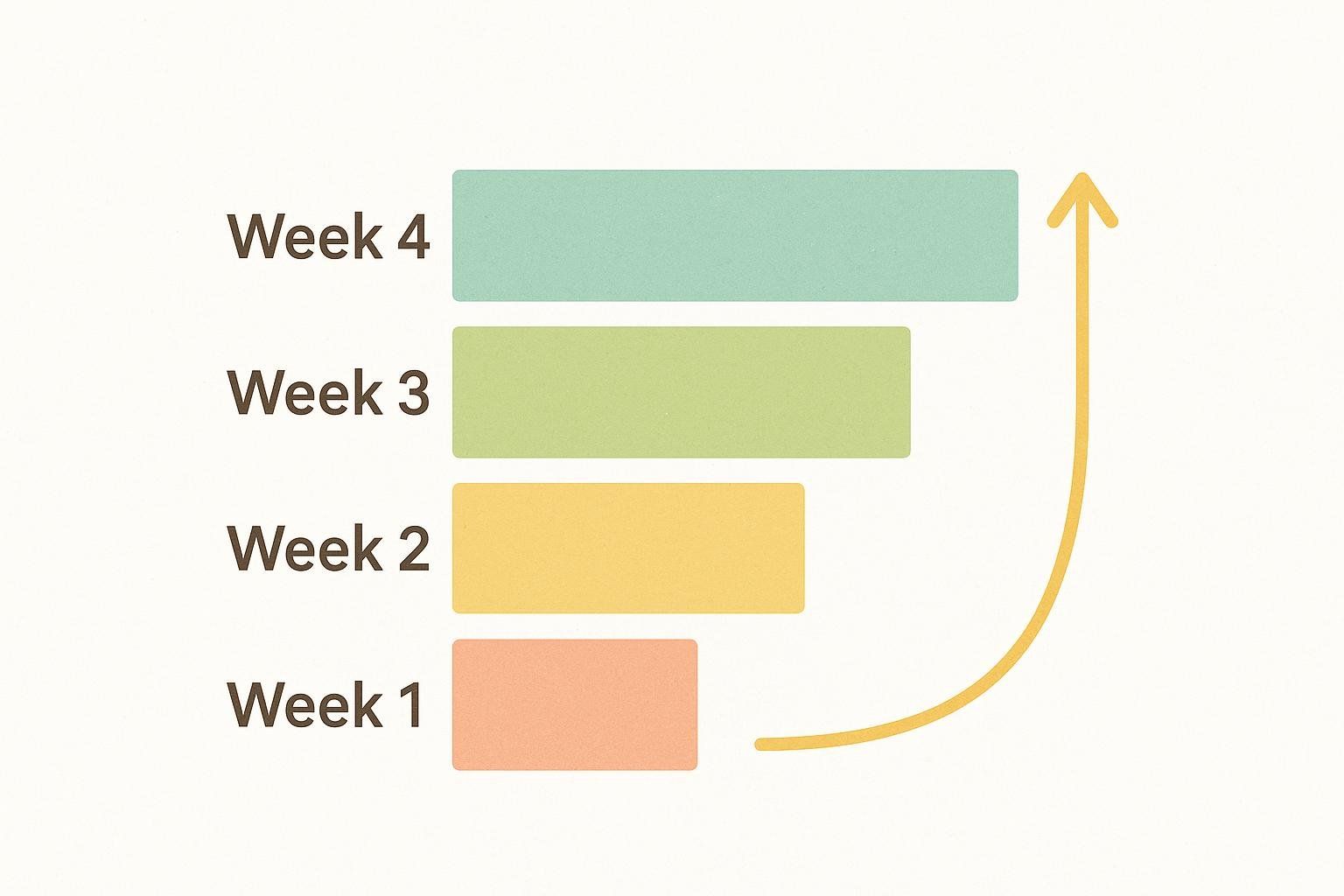
Do this routine 5–6 days/week. Keep every hold crisp (no shaking, no breath-holding) and stop each set 1 rep before form breaks.
- Week 1: Start at your chosen Level and follow the 5–3–1 protocol.
- Week 2: Maintain 5–3–1; upgrade one exercise to its next Level if pain-free and steady.
- Week 3: Progress a second exercise. Optionally add a brief “bonus” set of 1–2 holds per move if you still finish under 10 minutes.
- Week 4: Progress the remaining exercise; optionally add a quick finisher of suitcase carries for 2 × 30–40 ft/side.
Why short holds? Sub-10-second isometrics reduce fatigue, keep technique pristine, and build repeatable stiffness—the quality that “lasts” after the session (BackFitPro).
Where the Big 3 fit in your training
- Office-day microdose: 1 set of each on a coffee break beats skipping your core entirely.
- Lifting days: Use the Big 3 as a primer before squats/deads to groove bracing.
- Running days: Pair with short carries (suitcase or front-rack) to challenge posture under breath.

Want a broader plan? See our companion guides: How to Build Core Strength and 13 Best At-Home Exercises for Back Pain Relief.
Track your progress with BodySpec DEXA
You’ll feel steadier in a couple of weeks—but objective data keeps you honest. A BodySpec DEXA scan can show:
- Trunk lean mass changes (are you adding the muscle that supports your spine?).
- Visceral fat trends, which tie into inflammation and back comfort.
- Left-to-right imbalances that might deserve extra attention.
Scan before you start, then rescan every 2–4 months to see how your Big 3 routine is paying off—no guesswork. Ready to measure what matters? Book your DEXA scan in minutes.
References
- ACE Fitness: Low Back Exercises—Stuart McGill’s Big Three
- BackFitPro: Designing Back Exercise—From Rehabilitation to Enhancing Performance
- BackFitPro: Spine Flexion Exercise—Myths, Truths, and Issues
- Effect of McGill Stabilization Exercises on Chronic Low Back Pain (2018)
- Endurance Times for Low Back Stabilization Exercises: Clinical Targets for Testing and Training
